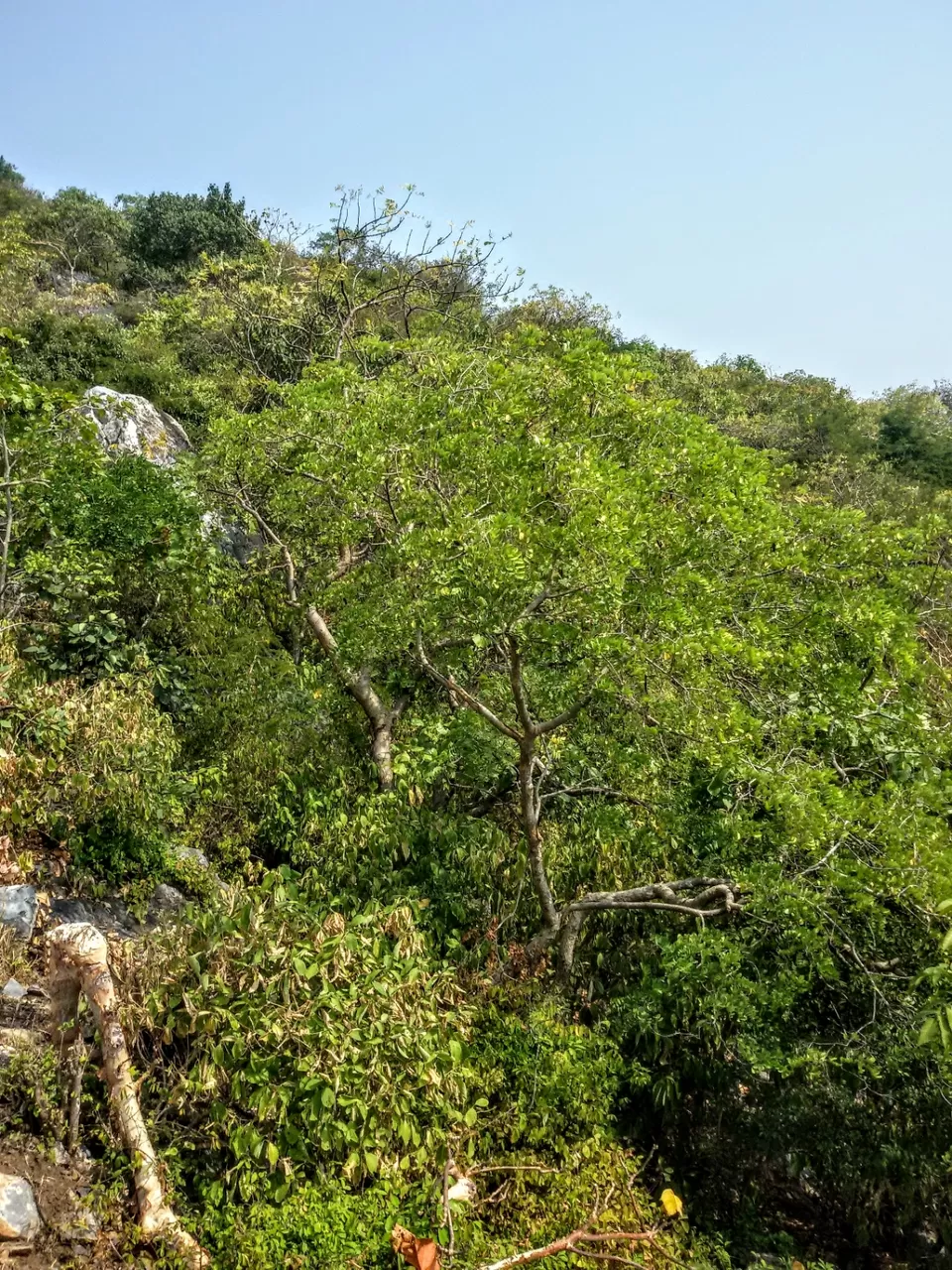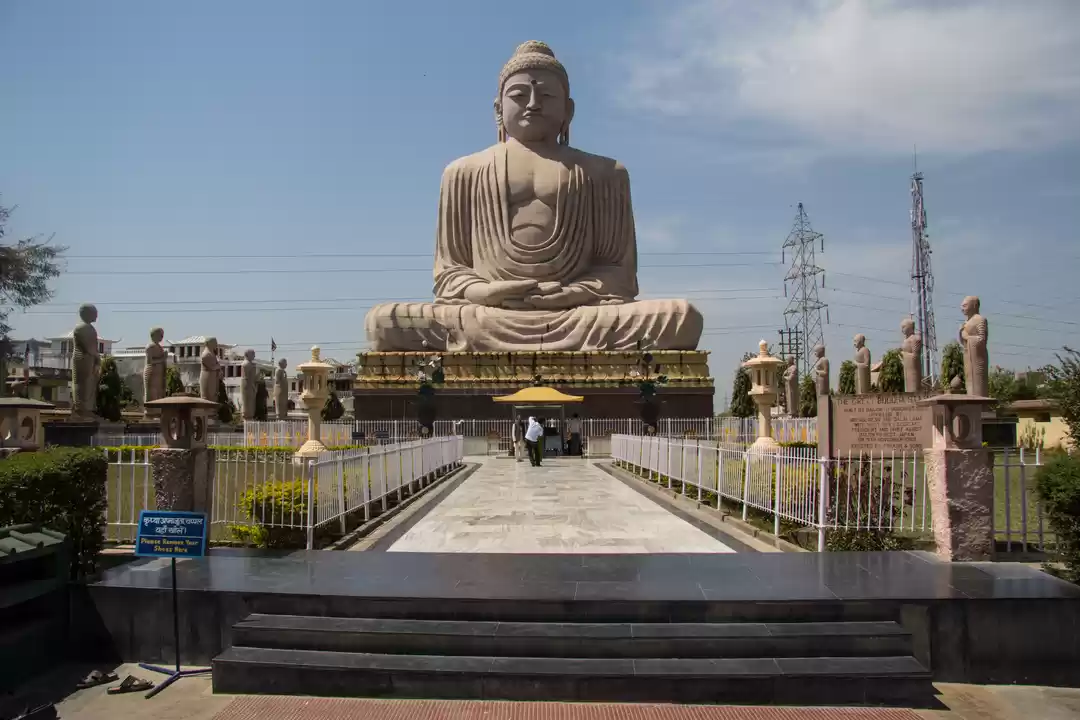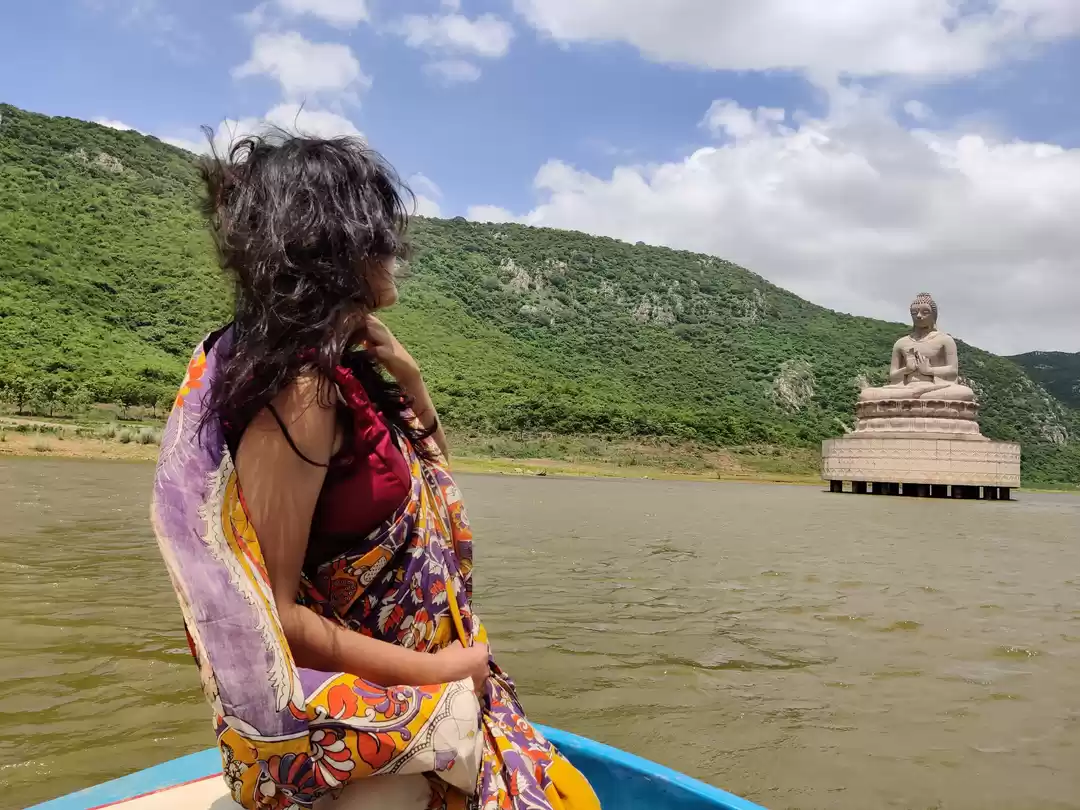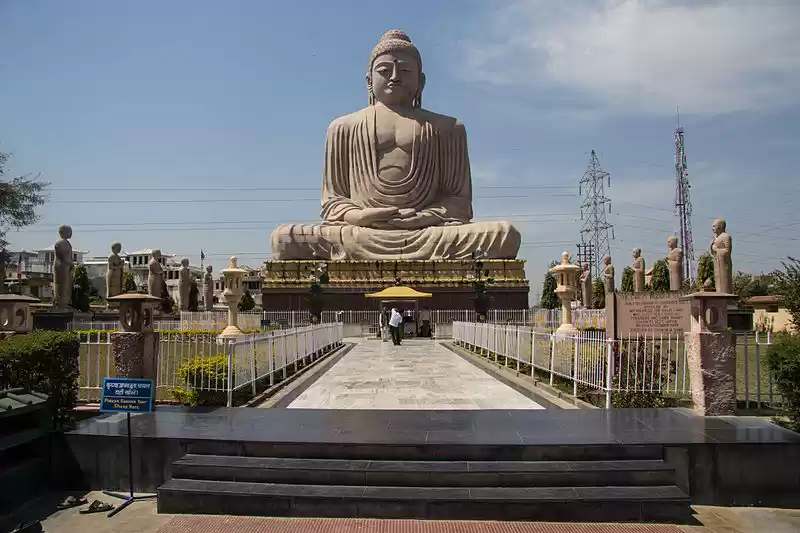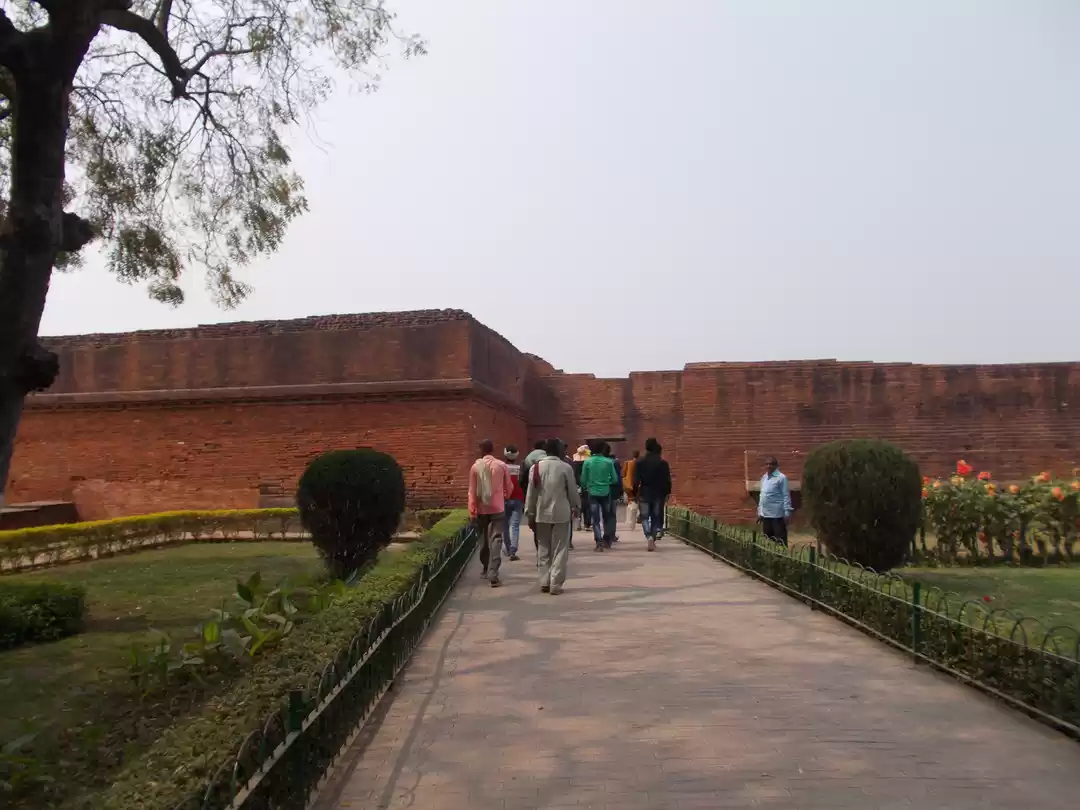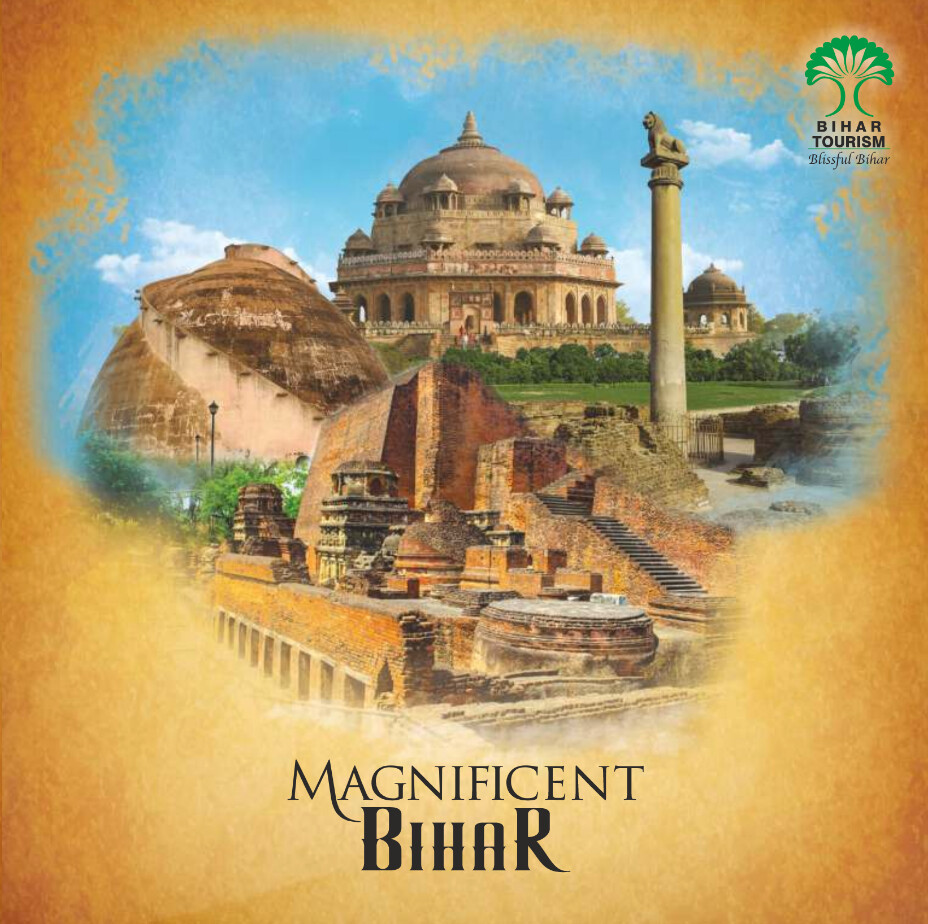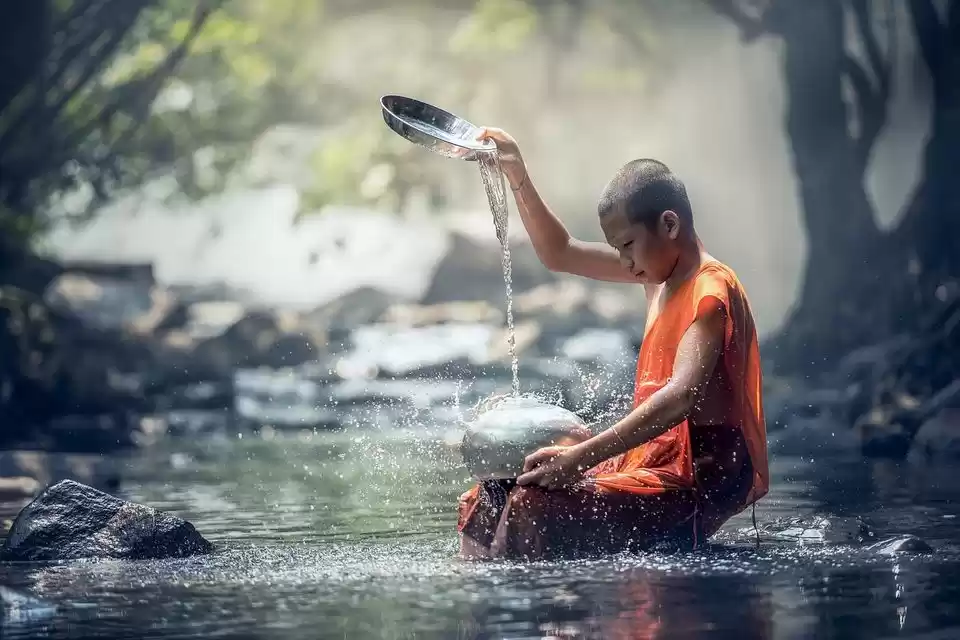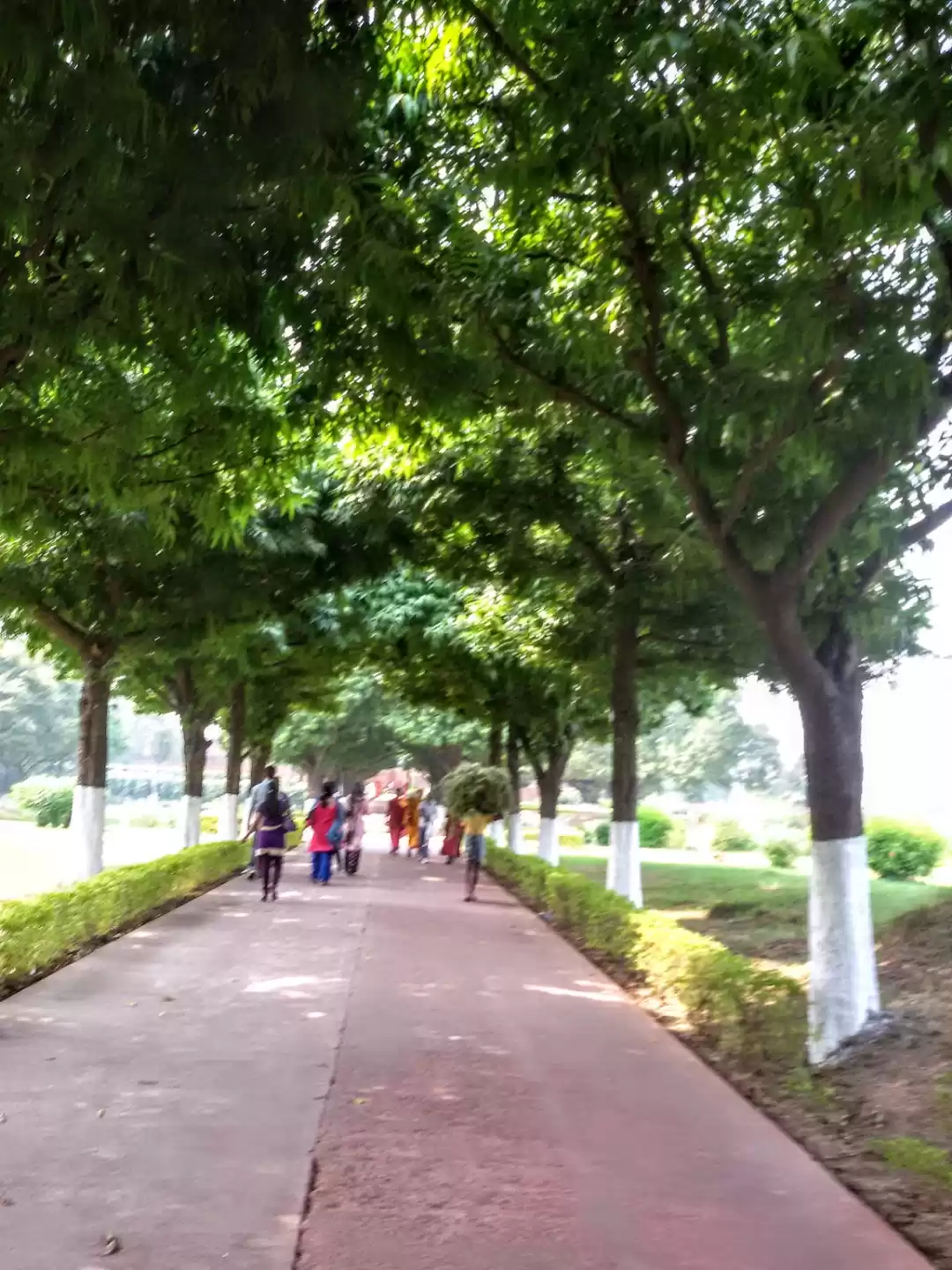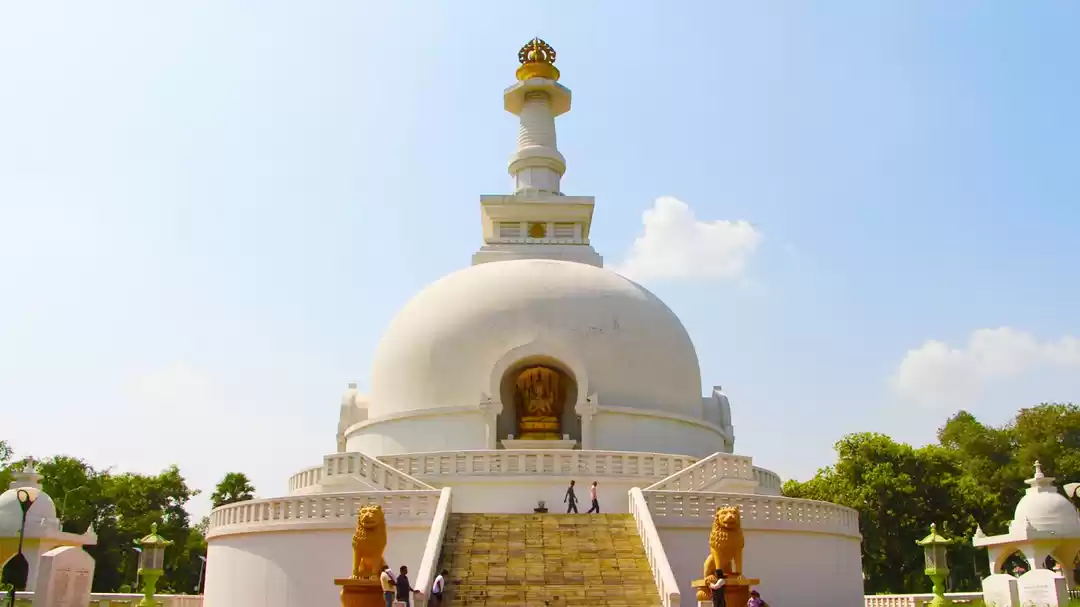Rajgir is one of the forgotten glories of India!
The prehistoric Rajgriha, which translates as ‘the abode of Royalty’, was the first capital of the ancient Magadh Empire till 5th century B.C. originally known as Girivraj.
The State that would eventually evolve into the Mauryan Empire. The city finds mention in India’s greatest literary epic, the Mahabharata, through its king Jarasandha.
Magadh was a kingdom that has witnessed the conspiracy of Mahabharat. The realm of Chanakya’s wisdom and Ashoka’s strength that has changed the atlas of Asia! A land where the Nalanda University, a renowned university of the world was established where students from different parts of the world dreamed to study.
According to Hiuen-Tsang Bimbisara built the city of Rajagriha or Rajgir. He was succeeded on the throne by his son Ajatashatru who then made Pataliputra - present day Patna, the capital of his kingdom. Situated at the confluence of Ganges, Gandhaka and Son rivers.
According to Buddhist literature his impatient son Ajatashatru and heir to the throne, imprisoned his father King Bimbisara here. The captive king chose the site for his incarceration, from where he could see Lord Buddha climbing up to his mountain retreat on Gridhakut to deliver his sermons every morning.
Rajgir was the kingdom of Jarasandha, the arch nemesis of Krishna and his Yadava clan. An arena known as Jarasandha’s Akhada stands at the place where it is believed the wrestling match between Jarasandha and Bheem took place, Shri Krishna had helped Bheem to defeat Jarasandha who was very powerful and invincible, whose body parts on being cut or torn would reunite!Here Bheem killed Jarasandha by ripping his body in two halves, and Lord Krishna gestured to him, to throw the body halves in to opposite directions to prevent them from joining again, hence successfully killing Jarasandha!
The Chariot Route Marks and "Shell Inscriptions" are worth a visit for the strangeness of the phenomenon, two parallel furrows cut deep into rock for about thirty feet giving credence to the local belief that they were "burnt" into the rock by the speed and power of Lord Krishna's chariot when he entered the city of Rajgir during the epic Mahabharata times. Several shell inscriptions, the undeciphered characters current in Central and Eastern India from the 1st to 5th centuries A.D., and engraved in the rock around the chariot marks.
While the exact date of Rajgir’s foundation is not known, the city is believed to be about 3000 years old.
Rajgir is divided into two parts: one which is fortified and surrounded by seven hills and the other, which is believed to have been founded by King Bimbisara’s son, Ajatshatru.
Besides the Mahabharata, the town has also been mentioned in ancient scriptures of the Jains and Buddhists as well as in diaries of Buddhist travelers who visited the region during the Mauryan era.
The town has been an important part of major religions like Hinduism, Jainism and Buddhism. Relics connected with the Jain and Buddhist religions have been unearthed during archaeological excavations.
It was the birthplace of the 20th Jain Tirthankar Munisuvrata, and closely associated with the arihant Mahavira and Gautama Buddha. Both Lord Mahavira and Lord Buddha taught their beliefs in Rajgir during the 6th and 5th century B.C.
It was also through Rajgir that the Mauryan Emperor Ashoka travelled to Bodh Gaya around 250 B.C., when placing the diamond throne ~ Vajrasana at the great temple where Lord Buddha attained enlightenment.
Gautam Buddha is said to have spent many months in meditation on Gridhakuta which means Hill of Vultures, because of it's vulture shape structure and the birds being frequently seen there!
This place is especially a major attraction for Buddhists, as it is one among the three places where Buddha preached his sermons for many years!
Mahavira spent about 14 years of his life in Rajgir and its nearby regions, and attained Nirvana in nearby Pawapuri.
A holy site for the Jains, situated half an hour from Rajgir in the nearby Nalanda district of Bihar.
A long time ago, Pawapuri was the twin capital of Mall Mahajanpad. Mahajanpad later became a part of the kingdom of Magadha and Ajatshatru was a devotee of Lord Mahavira. During the rule of Ajatshatru, the king of Pawapuri was known as Hastipal. When in Pawapuri, Mahavira stayed in the Rajikshala of the king. It is considered as a sacred place because Lord Mahavira was buried here in 500 B.C.
After the cremation had been done, there was a rush for collecting the ashes which led to the removal of a layer of soil thereby resulting in the formation of a pond. This pond was later converted into a lotus pond, and a marble temple named Jalmandir was built in the centre of the pond. The place is very rich in culture and has high heritage value!
The Vishwa Shanti Stupa is the tallest peace pagoda in the world.
A pagoda is a type of stupa, which provides equality for worship and gathering at one place for a common cause that is global peace.
It houses four statues of Lord Buddha. Built by the Japanese as a symbol of world peace atop Ratnagiri hills.
Built in marble the Stupa showcases on four sides golden statues of Buddha depicting different stages of his life - birth, enlightenment, preaching and death.
The stupa what is called as ‘Japanese Pagoda’ is an excellent example of oriental style of architecture. Though not all of the Buddhist pagodas in India are built under the guidance of Nichidatsu Fujii, most of them have been built either under his guidance or under his recommendations.
Nichidatsu Fujii (1885-1985), a Buddhist monk from Japan and founder of the Nipponzan-Myohoji Buddhist sect, set an example to this place a place for World Peace. In a series of establishing peace pagodas world over he established one such peace pagoda at Rajgir, which is called "Vishwa Shanti Stupa". In 1965 the then President of India laid the foundation stone of this Stupa, which was completed in 4 years and 7 months.
To reach the Vishwa Shanti Stupa, you can climb up all the way or, the ropeway can be used, said to be the oldest ropeway in the country. We used the ropeway! It's a single seater! A ride on the ropeway provides amazing views of the town, Rajgir Hills, and the Shanti Stupa itself.
Rajgir is famous for its hot springs which come from the foot of Vaibhava Hill. There are separate bathing places for men and women where the water comes through spouts from Saptdhara, the seven streams. It is believed that their source is behind the "Saptarni Caves”. The hottest of the springs is the Brahmakund with a temperature of 45 degree Centigrade.
Locally known as Brahmkund,the seven hot water springs, or Saptarishi, come and mingle together into a big pool of warm water.
Sacred place for Hindus, Jains and Buddhists alike, is one of the famous place to visit in Rajgir.
These hot springs, are known for their medicinal properties, especially for curing skin ailments, and are popular among pilgrims and tourists. Gautam Buddha and Mahavira visited them too!
The Cyclopean Walls encircle the entire city, 40km in length and width of 4m. It is popularly called as the Cyclopean wall for its similarities with ancient Greek walls. Bastions were built at intervals to strengthen the wall. According to Pali texts there were 32 large gates and 64 smaller ones to enter the fortified city. A considerable part of this ancient massive wall running up along the Ratnagiri hill is still there, starting from the base of the hill towards the hillside.
The Mauryans had built these walls with the objective of securing the city. Built of massive undressed stone and carefully fitted together, the wall is one of the few important Pre Mauryan stone structures ever to be found!
Dating back to 2500 years ago, the walls are in ruins today, but one can appreciate the effort in building these walls thousands of years ago! Some historians and scholars believe it to be older than the Great Wall of China.
Traces of the wall can be seen when you exit Rajgir for Gaya.
Set in a green valley and surrounded by rocky hills, Rajgir is a spiritual town with natural serenity amongst the dense forests, mysterious caves and springs.
26 Jain Temples located on hill crests around Rajgir are seen. They are difficult to approach but exciting trekking for adventure lovers.
The town is surrounded by hills all around which provide numerous trekking opportunities.
One can visit various ruins, temples and sites here and also spend some time indulging in its refreshing calmness.
If you have more than a day at your disposal you can visit Venuvana, Sonbhandhar Caves.
Venuvana: Bimbisara donated the Bamboo Grove, Veluvana to Buddha for his residence. Today, it is a park with admiring sights of bamboos, flowers and a large pond with Buddha's image in the centre.
Sonabhandar caves are situated on the southern slopes of the Vaibhava Hills and feature black stone statues of the first four Jain Tirthankaras and Lord Buddha.
It is believed that the treasury of King Bimbisara is still present here and the key to opening the doorway lies in the inscriptions on the walls.
To Reach Rajgir:
By Air: The Nearest Airport is JPN International Airport in Patna (110 km). Patna is well linked to all major Indian cities including Kolkata, Bombay, Delhi, Bangalore, Chennai, Ranchi, Lucknow. Rajgir is also connected to Gaya International Airport(78 km) which is connected to International Destinations like Bangkok, Colombo, Thimphu etc.
By Road: Rajgir is well connected by road to Patna (110 km), Nalanda ( 15 km), Gaya (78 km), Pawapuri (38 km), Bihar Sharif (25 km). Regular Bus Services are available from all these locations. BSTDC runs daily Air-Conditioned Buses between Patna and Bodh Gaya via Rajgir. Cabs on Hire and Taxis are readily available from all major places. Fares are negotiable.
P.C. Pranati Kamani


